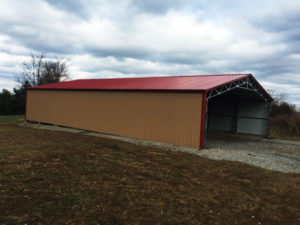
Tariffs on steel are taxes imposed by a government on imported steel products. These tariffs are designed to protect domestic steel industries from foreign competition by making imported steel more expensive.
The intent is to encourage consumers and businesses to buy steel produced within the country, thus boosting the local economy and safeguarding jobs in the domestic steel industry.
Understanding Tariffs
Tariffs are essentially import duties, a form of trade policy tool used by governments worldwide. They can be a fixed fee per ton of steel or a percentage of the steel’s value. For instance, if the U.S. imposes a 25% tariff on imported steel, a foreign steel producer selling $1 million worth of steel to a U.S. buyer would face an additional $250,000 charge. This additional cost typically gets passed down to the consumer, making foreign steel less attractive due to its higher price.
Purpose of Steel Tariffs
The primary purpose of steel tariffs is to protect the domestic steel industry from unfair competition. In many cases, foreign steel producers may receive subsidies from their governments, allowing them to sell steel at lower prices than domestic producers. Tariffs level the playing field by neutralizing this price advantage. This helps to preserve domestic manufacturing jobs and ensures that local industries remain competitive. Additionally, tariffs can be used as a political tool to exert pressure on other countries regarding trade practices and negotiations.
Impact on the Economy
The impact of steel tariffs on the economy can be complex. On the positive side, they can lead to increased production and employment in the domestic steel industry. However, they can also raise costs for industries that rely on steel as an input, such as automotive, construction, and machinery manufacturing. Higher steel prices can lead to increased production costs, which may be passed on to consumers in the form of higher prices for goods and services. Furthermore, other countries affected by the tariffs may retaliate with their tariffs, leading to trade wars that can harm global trade and economic growth.
Conclusion
Steel tariffs are a significant trade policy tool used to protect domestic industries and promote economic self-reliance. While they offer benefits in terms of safeguarding jobs and local production, they can also lead to higher costs for consumers and potential trade disputes. Policymakers must carefully weigh these factors when considering the implementation of tariffs on steel.